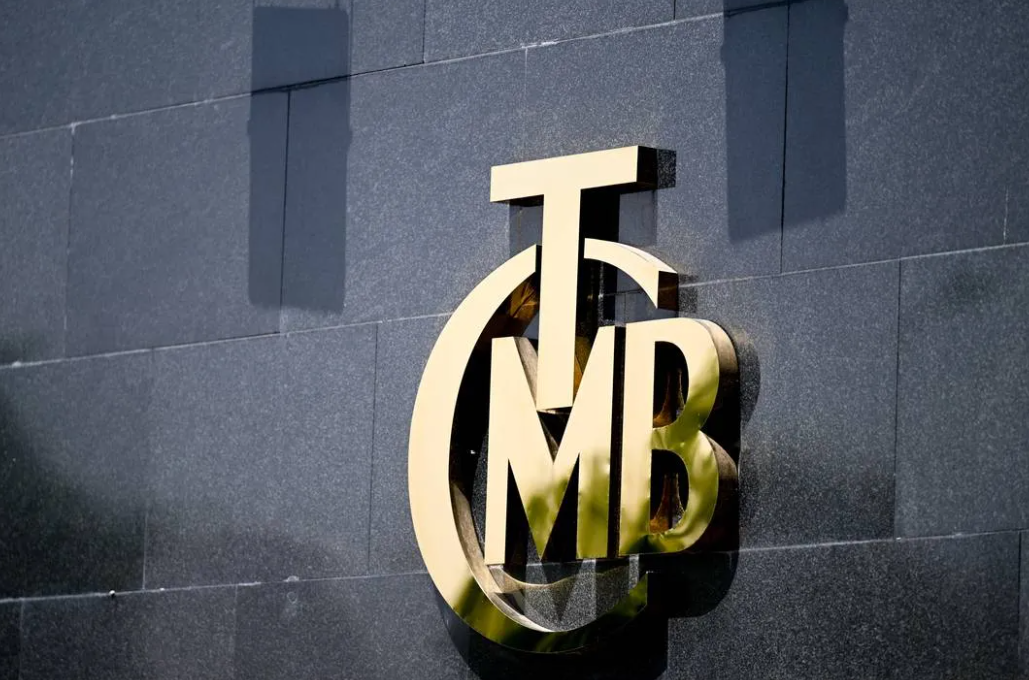The digital Turkish lira is set to be an intermediated CBDC with self-sovereign identity and offline transfers.
The Central Bank of the Republic of Turkey (CBRT) has released an English translation of its report evaluating the first phase of its Central Bank Digital Turkish Lira Research and Development (R&D) Project to develop a central bank digital currency (CBDC). The report was published in Turkish last year, but appeared in English translation on Feb. 19.
The first phase of the project dealt with the digital identity system, digital currency system, abstraction layer, service layer and wallet. The abstraction layer supports the modularity of the system. The first phase of the project began in 2021 and the CBRT carried out its first trial transactions with the digital Turkish lira in 2022.
All parts of the system are independent of the others, allowing for easy replacement. The system operates on the Digital Turkish Lira Collaboration Platform that the CBRT operates with the Scientific and Technological Research Council of Türkiye and the Aselsan and Havelsan companies.
The digital Turkish lira was designed as an intermediated retail CBDC. Wholesale payments were studied in a separate process. The Turkish CBDC promises a high degree of interoperability and complementarity:
The CBRT said that it preferred programmable payments over programmable money. Contract templates can be created with conditions on credentials and payment interfaces. “Public institutions and different licensed actors will be able to take part in the development, approval, deployment, presentation, updating and deactivation of contracts,” it said. Self-sovereign identity is a crucial part of the privacy provisions.
Phase II of the project will examine smart payments and offline payments. The protocol for offline payments has yet to be chosen. It will focus on legal and economic considerations as well. Digital transactions will be included on intermediaries’ mobile apps. No timeline was given for the second phase.
cointelegraph.com
